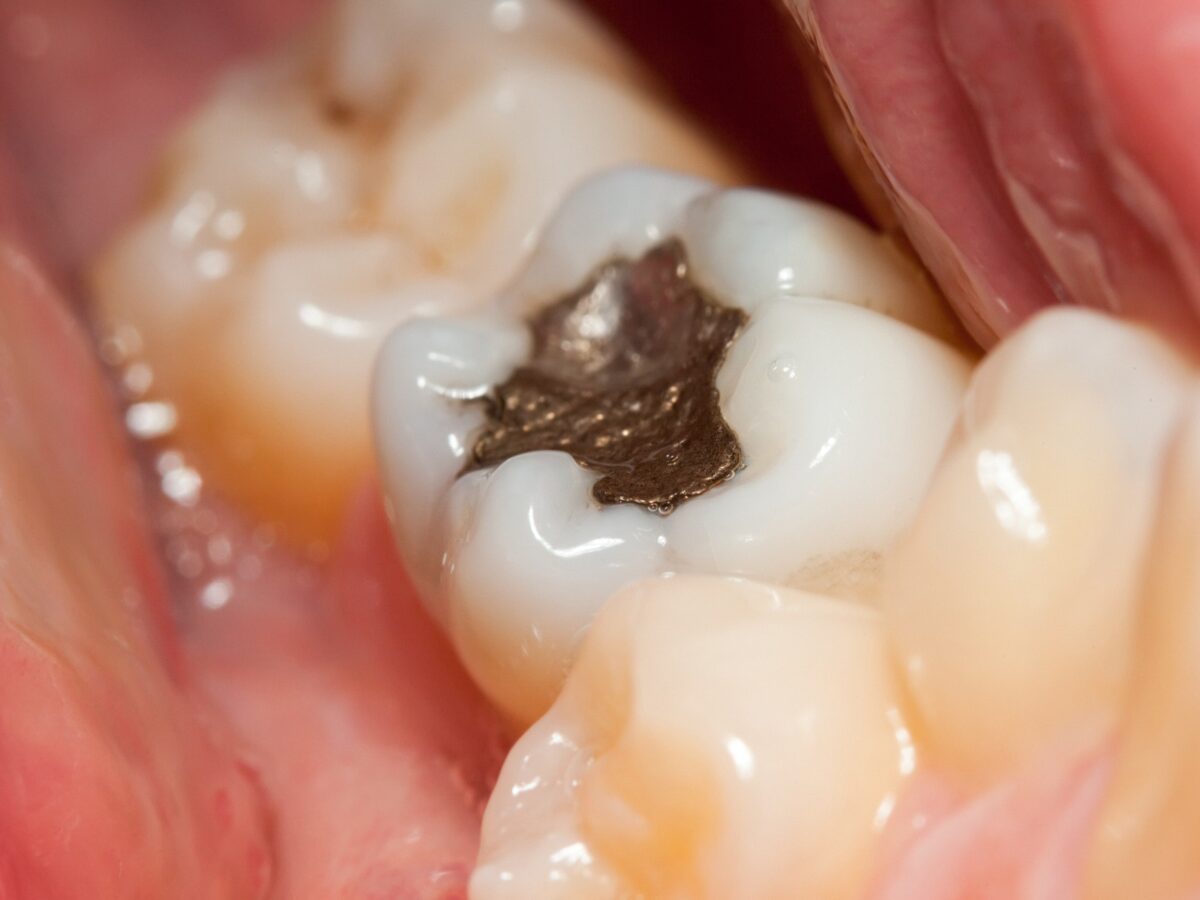Blog
Dental hygiene tips for healthy teeth & gums

Increased Incidences of Oral Cavity and Oropharyngeal Squamous Cell Carcinoma in Young Adults
Squamous cell carcinoma of the head and neck (HNSCC) is primarily a disease of older adults, occurring most frequently in patients older than 45 years of age. Epidemiological studies over last 20 years have shown a steady rise in the incidence of these cancers in younger adults (age 18-45 years), especially in cancers of the oropharynx and oral cavity.
Numerous early reports of Squamous cell carcinoma (SCC) concluded that the disease was more aggressive and the prognosis poorer in young adults as compared to older adults. However, findings from more recent studies, such as those by Gilroy et al., Goldenberg et al. or Hafkamp et al. have not found any significant differences in outcomes between different age groups. Recently, superior survival of younger patients with oropharyngeal SCC was found to be related to a high-risk human papilloma vims (HPV) infection.
The global incidence and mortality rates for HNSCC are 540,000 and 271,000 annually, respectively. The increase of HNSCC has occurred concurrently with a decreasing prevalence of cigarette smoking in the general population; importantly, this observation would not be expected if the only primary risk factors for all HNSCC were alcohol and tobacco abuse. In fact, evidence suggests that oral cancer may now be considered a “new epidemic”. The majority of research on the changing epidemiology has focused on the HPV and its association with HNSCC, particularly in primary tumors of the oropharynx. Interestingly, although the rate of OCSCC is observed to be decreasing in young individuals, the incidence of oral tongue Squamous cell carcinoma (OTSCC) has been rising especially in young white women, age 18 44 years, what is more surprising given the fact that OCSCC, unlike OPSCC, are not typically associated with the HPV infection. Consequently, young white women form a unique subgroup of patients with no traditional risk factors of tobacco and alcohol abuse and who can not be associated with HPV infection.
Tobacco and alcohol have long been implicated as the traditional risk factors for HNSCC in adults, regardless of age. Interestingly, many patients under age 45 declare never having smoked or consumed alcohol excessively, as Kuriakose et al. reported.
The rising mortality and increasing incidence of cancer of the tongue amongst young patients in the U.S. has been attributed to the use of smokeless tobacco products. The first epidemiological study showing that marijuana smoking elevates the risk of head and neck cancers was published in 1999. Since that time, several case studies have been published that suggest an association between marijuana smoking and head and neck cancers, respiratory cancers and oral premalignant lesions.
It seems likely that there is a genetic predisposition for the cancer development at a young age, particularly in those patients with no recognized risk factors. It has been shown that patients younger than 30 years exhibit a significantly increased chromosome fragility following mutagen exposure when compared to older patients.
Even though Byers first suggested as far back as 1975 that HNSCC in young adults should be considered a distinct subgroup, the question as to whether age has a significant impact or not on treatment outcomes still remains unanswered. Nevertheless, one thing is clear. Although young people have a lower incidence rate for HNSCC, physicians need to be aware that the incidence is growing and these types of cancers must be suspected in any patient with worrying signs and symptoms, regardless of age.
Authors: Ewa Majchrzak, Bartosz Szybiak, Anna Wegner, Piotr Pienkowski, Jakub Pazdrowski, Lukasz Luczewski, Marcin Sowka, Pawel Golusinski, Julian Malicki, and Wojciech Golusinski.
Source: Oral cavity and oropharyngeal squamous cell carcinoma in young adults: a review of the literature
Book Appointment to find out which treatment might be best for you.


